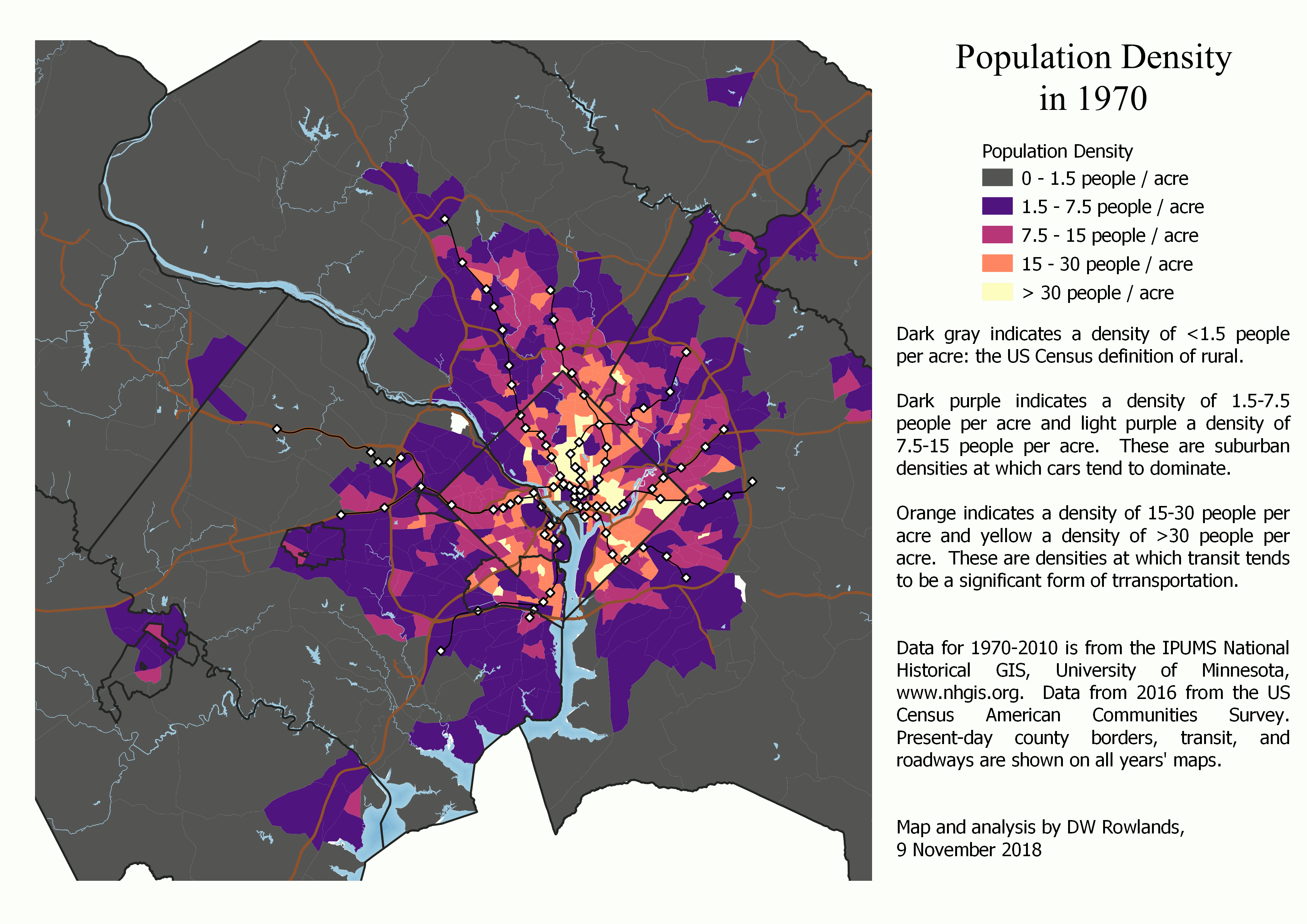

Pycnophylactic interpolation starts identically to areal weighting and then smoothes these raster values iteratively with the weighted average of nearest neighbours at each iteration the total is adjusted to maintain the population count of the original polygon hence ‘mass-preserving’ ( Tobler 1979). 2001) and GPW3.0 ( CIESIN/CIAT 2004) and while it has the advantage of simplicity it is confounded by the assumption that human populations distribute themselves uniformly in space. Areal weighting was used to generate the Gridded Population of the World version 2.0 (GPW2.0) ( Deichmann et al. To turn this into a gridded population map at 1 × 1 km spatial resolution, the population of x/9 would be assigned to each square in the raster grid. For example, imagine an administrative unit x is a perfect square of 3 × 3 km. M., dasymetric mapping Smart In., smart interpolation.Īreal weighting simply overlays a regular grid (raster surface) on administrative unit (polygon) data and assigns population according to the proportion of the polygon area in the raster grid cell ( Mennis 2003). 2001) and their use in several public-domain large-area human population distribution maps is also summarized ( Table 1, Figure 1).Īreal W., areal weighting Dasy. They include areal weighting, pycnophylactic (mass-preserving) interpolation, dasymetric mapping (density measuring) and various forms of ‘smart’ interpolation ( Deichmann 1996 Deichmann et al. Methods used to interpolate census polygon data into continuous surfaces are varied and briefly outlined. Population data is primarily gathered through national census enumeration within country specific administrative boundaries. As techniques for defining disease burdens are moved to sub-national scales to support strategic assessments of progress towards international health and development targets ( UNDP 2003), evaluating the fidelity of the associated human population distribution data used will become increasingly important. 2002, 2004), which at the very least will show large urban-rural mortality differentials ( Hinrichsen et al. It is further unlikely that geographical homogeneity is to be found in all of the major underlying risk factors for these causes ( Ezzati et al. It is unlikely that this assumption will be valid for the leading causes of under-five mortality globally including diarrhoea, pneumonia, malaria ( Craig et al. Risk is assumed to be equally spatially partitioned among homogenously distributed human populations. 2004) have traditionally relied on attribution of detailed local information to population data aggregated over large areas often the national level ( Mathers et al. Similarly, international efforts to quantify the global burdens of a wider range of infectious diseases ( Murray & Lopez 1996, 1997 Walker et al. The error associated with the population denominator in these calculations is usually ignored.

Combinations of these vector-borne disease and demographic data, with assumptions about attributable risk, can be used to generate burden of disease estimates where primary health information system data are wanting ( Snow et al. 2002) and a concomitant improvement in the spatial resolution at which disease risk can be determined. 2000 Randolph 2000 Rogers 2000 Rogers & Randolph 2000 Rogers et al. The massive increase in the availability of rasterized (or gridded) imagery of Earth surface conditions, derived primarily from remote sensing, has facilitated a renaissance in the mapping of a range of vector-borne diseases at continental and global scales ( Hay 2000 Hay et al. It is further necessary to investigate the effectiveness, efficiency and equity of the healthcare system and thus to optimally target and cost interventions through the formal sector ( Noor et al. Accurate knowledge of human population distribution is needed to define populations at risk of disease for example, to enable exploration of the association of this risk with the environment, poverty and other diseases. This information, transformed into human population distribution maps, forms an essential population denominator required for many epidemiological studies and for rational public health planning and healthcare provision. Accurate census enumeration combined with information on the spatial distribution of administrative areas is a prerequisite for efficient governance in all nation states ( UN 2001).


 0 kommentar(er)
0 kommentar(er)
